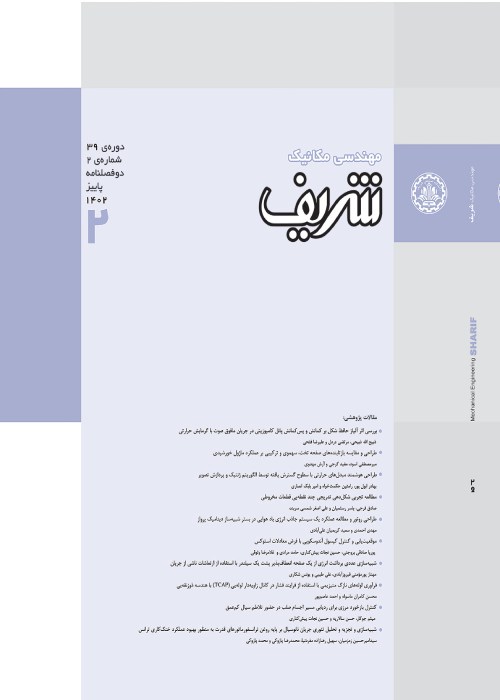A REVIEW OF DUST REMOVAL METHODS FROM THE SURFACE OF PHOTOVOLTAIC PANELS
In recent years, the utilization of clean energies, especially solar energy, has increased dramatically due to their advantages over fossil fuels. This increase has led to a sharp rise in research and development activities in order to improve and optimize the energy harvesting possesses. The installation of photovoltaic power plants is the most common method for converting solar energy to electricity. However, the performance of the photovoltaic systems is extensively a function of environmental conditions such as solar radiation, ambient temperature, wind, humidity, and dust. In this regard, regions with high solar potential such as the Middle East and North Africa are favorable for the installation of photovoltaic plants. However, these regions are typically considered to be arid and deserted areas, in which the dust activities would significantly affect the performance of photovoltaic panels. In such a region, which is repeatedly faced with dust activities and aerosol dispersion, the accumulation of dust on the surface of panels is much more serious. Therefore, understanding the various dust particles removing methods from the surface of photovoltaic panels is crucial in such regions. The present study conducted a comprehensive review of the related literature in the field of photovoltaic panels cleaning methods. It was shown that these methods could be divided into four categories of natural, mechanical and electromechanical, electrostatic protection, and utilization of micro and nanoscale coatings. Furthermore, in order to provide a deeper insight into the optical and thermal modeling of photovoltaic panels and dust impacts, the related governing equations were provided. Moreover, the chemical and physical properties of accumulated dust on panels such as its size and morphology were described in detail. Investigating the related literature shows the urgent need for further research in this area, especially in the climate of Iran. The results of the current study can serve as a thorough reference for researchers, designers, and engineers who deal with photovoltaic systems in regions struggling with dust events such as the Middle East and North Africa.
- حق عضویت دریافتی صرف حمایت از نشریات عضو و نگهداری، تکمیل و توسعه مگیران میشود.
- پرداخت حق اشتراک و دانلود مقالات اجازه بازنشر آن در سایر رسانههای چاپی و دیجیتال را به کاربر نمیدهد.


